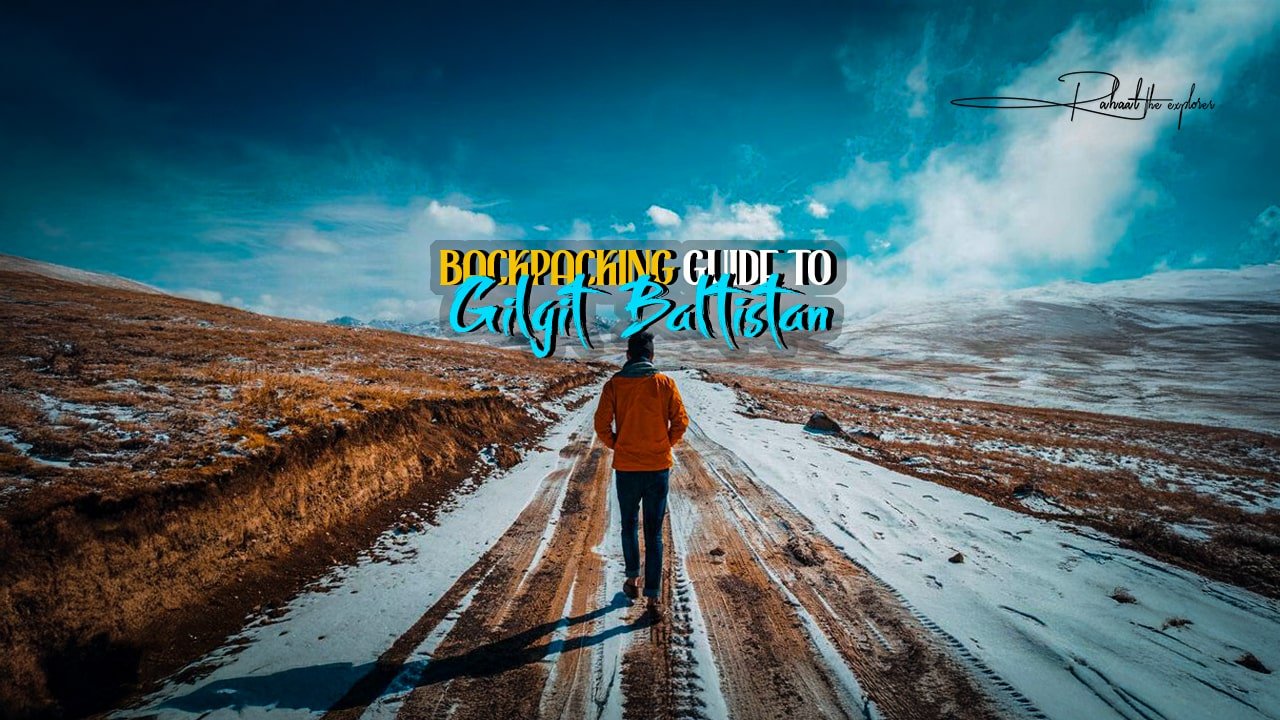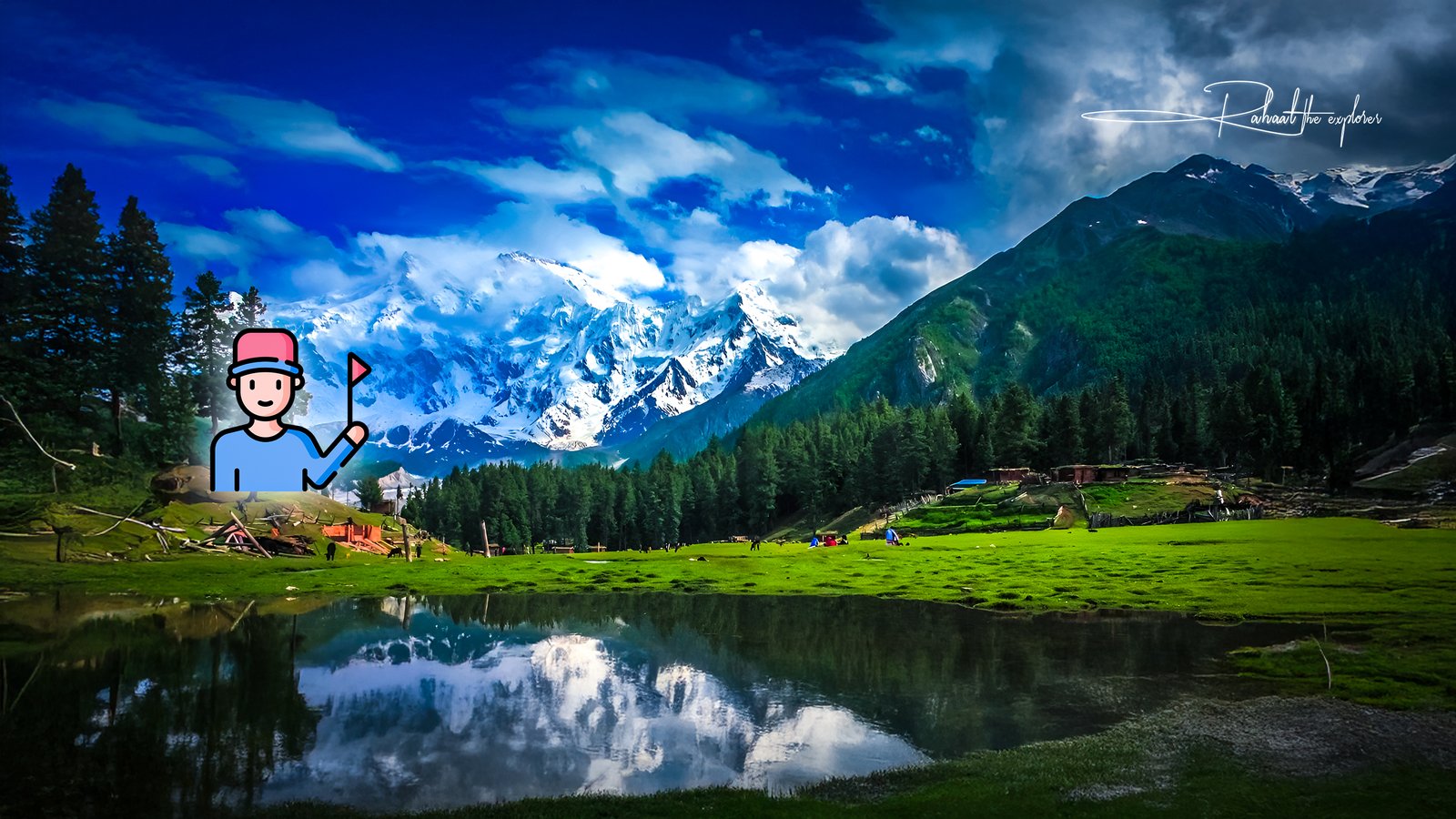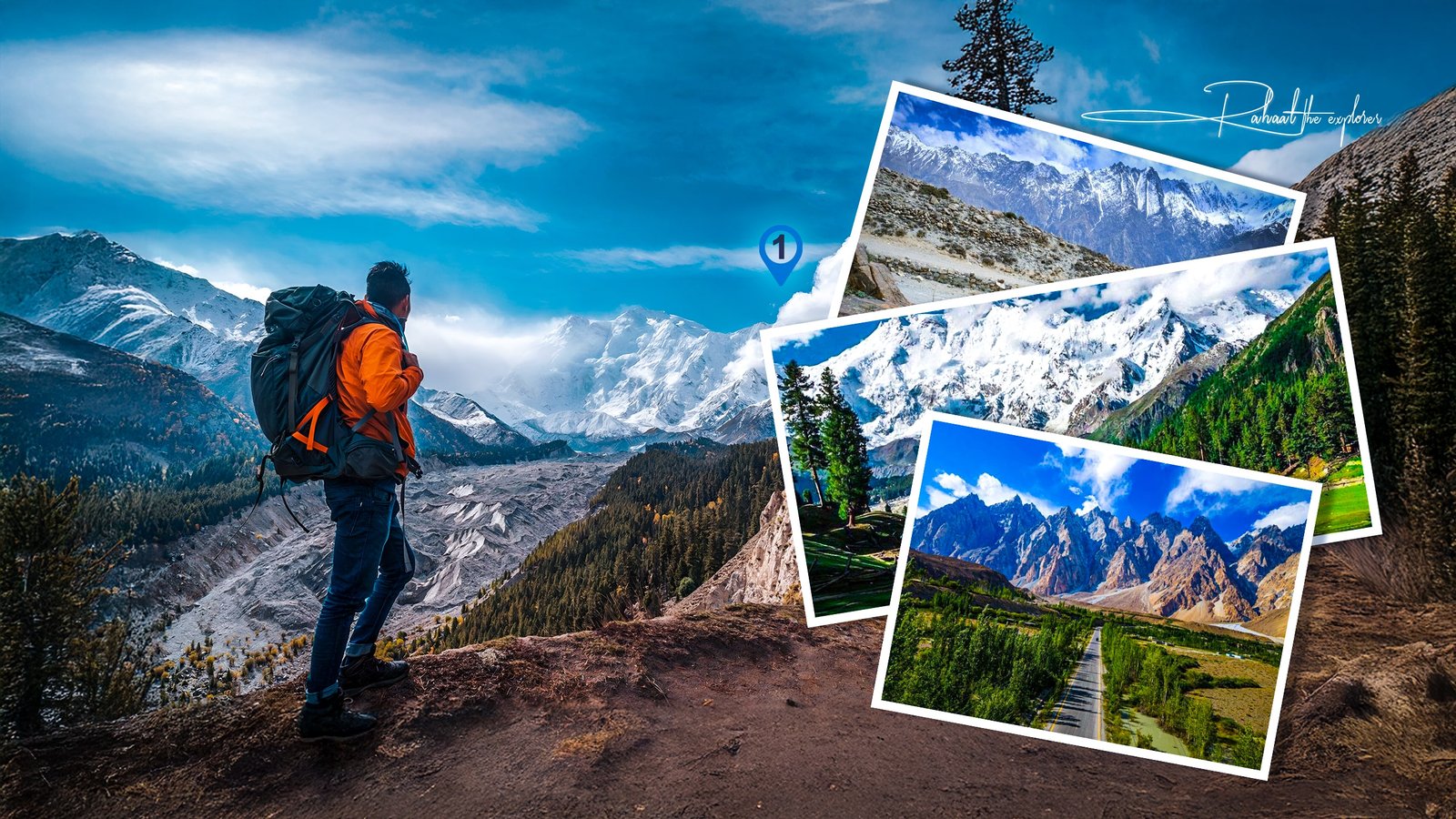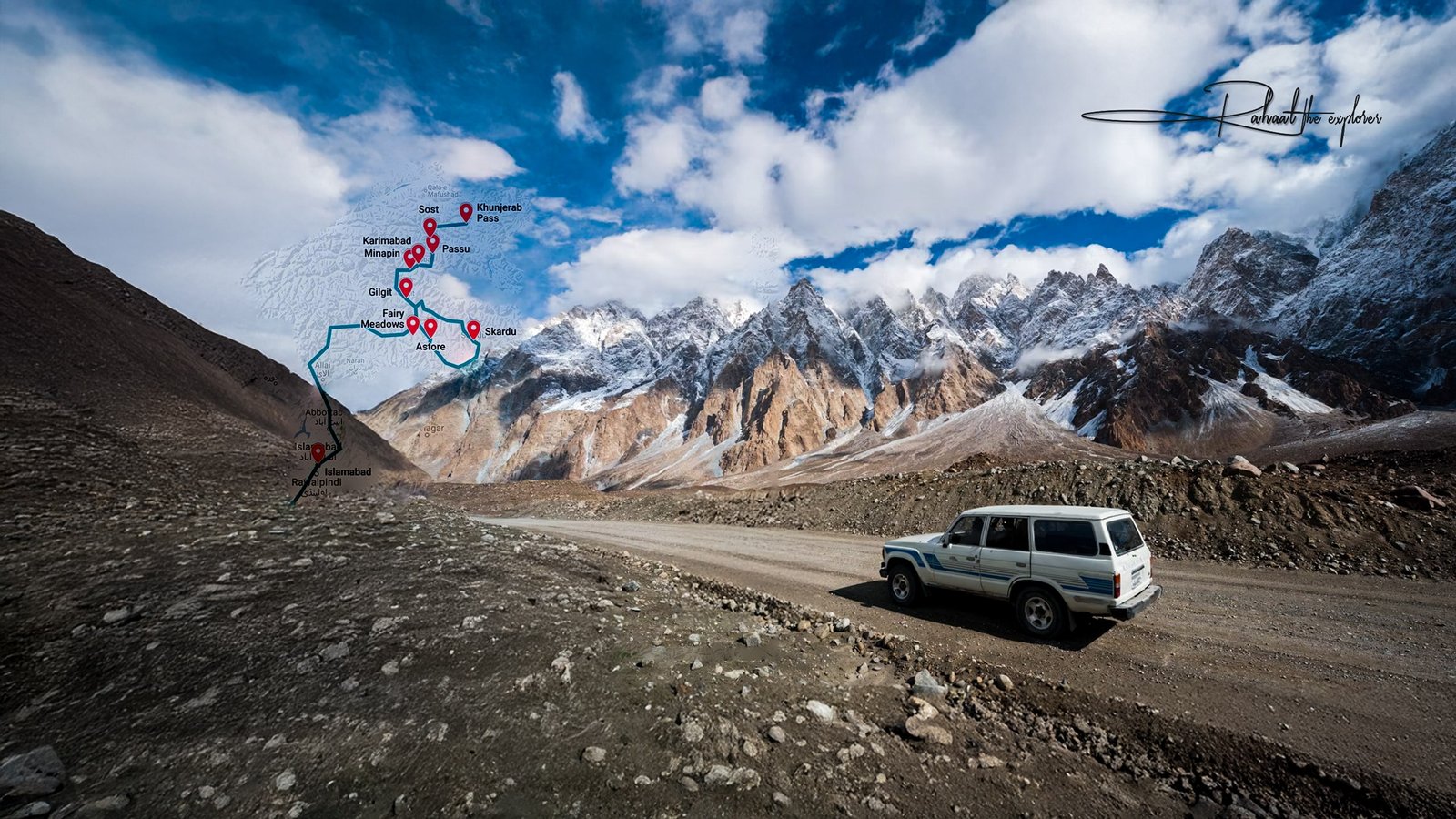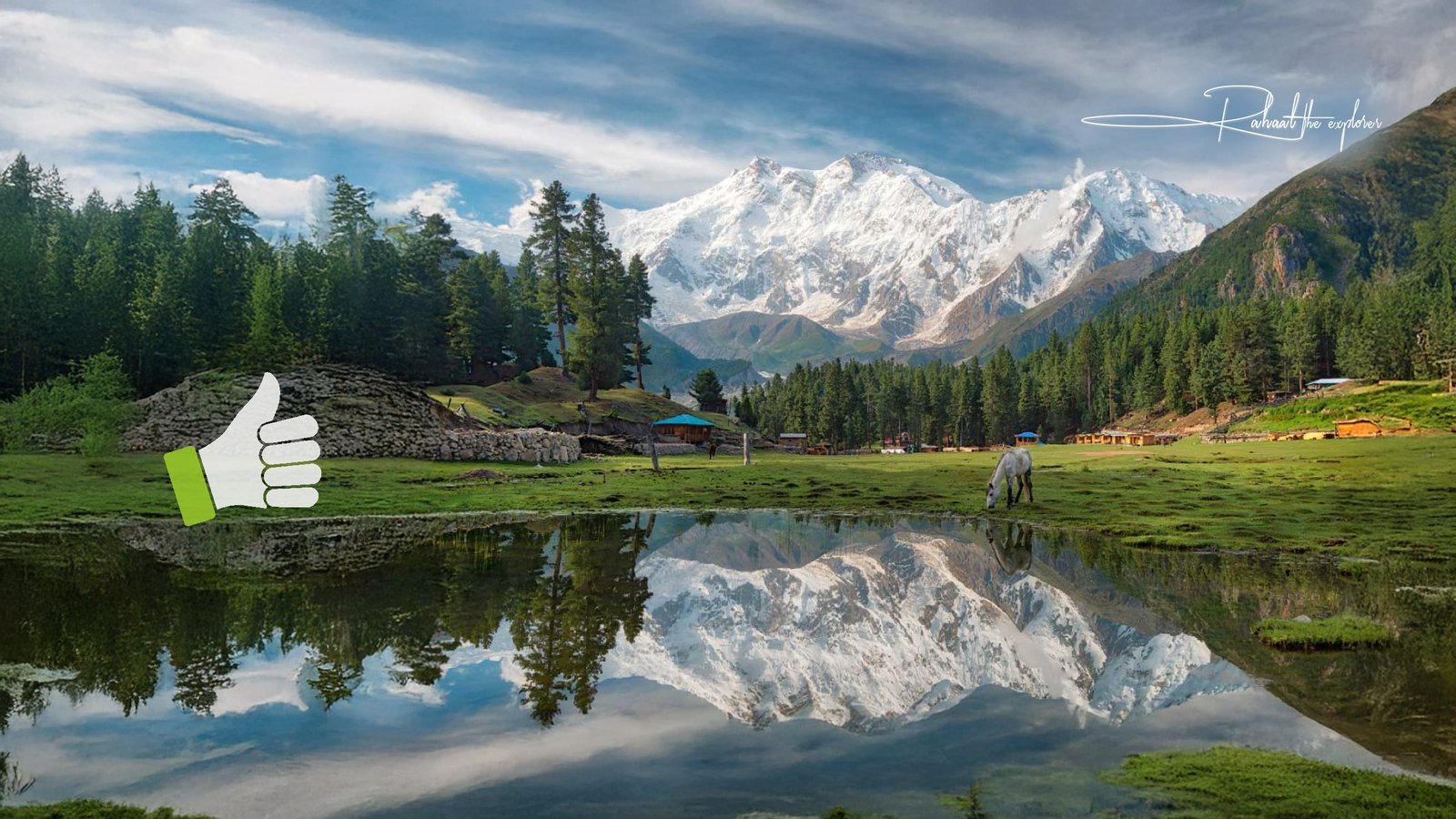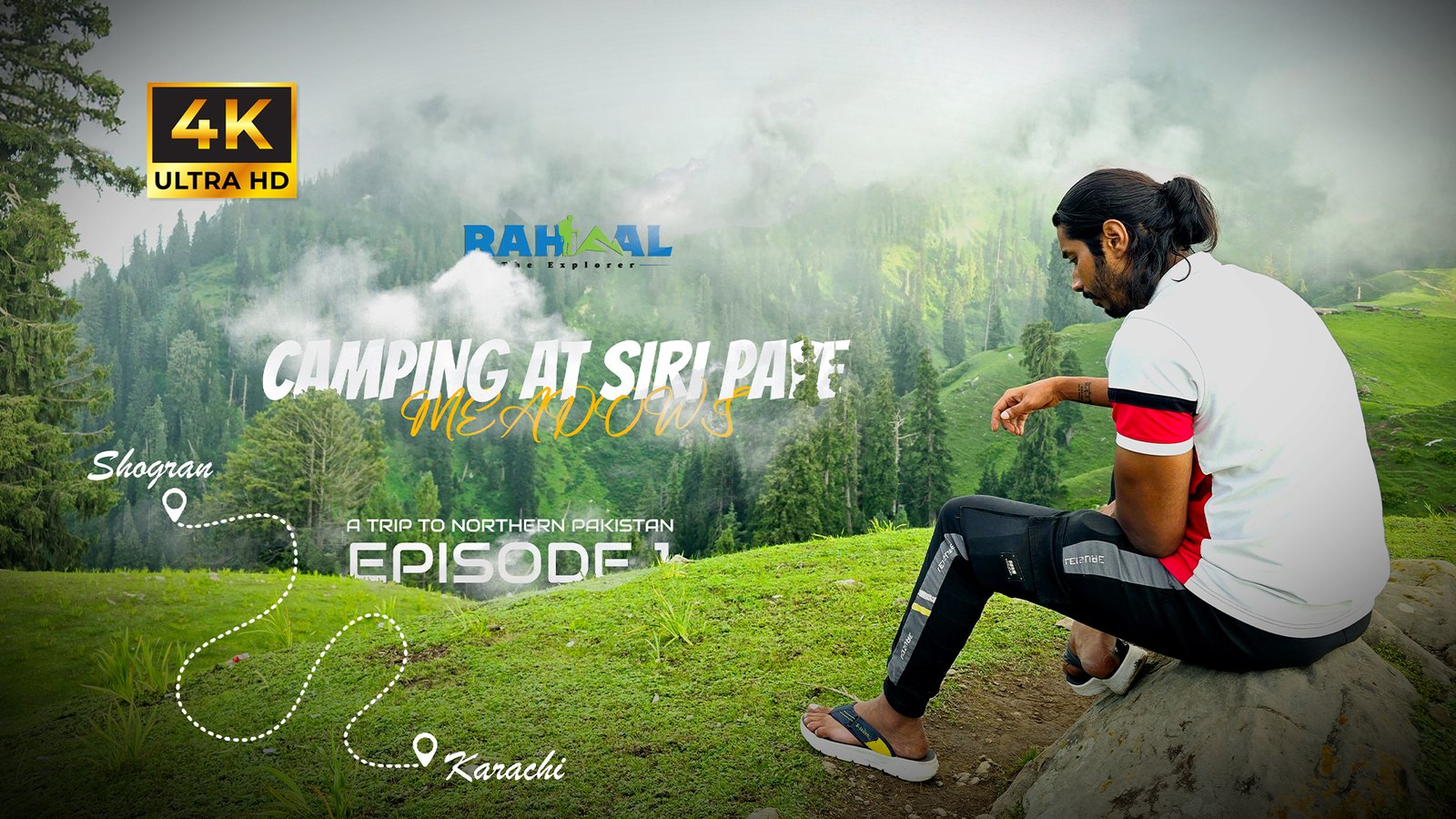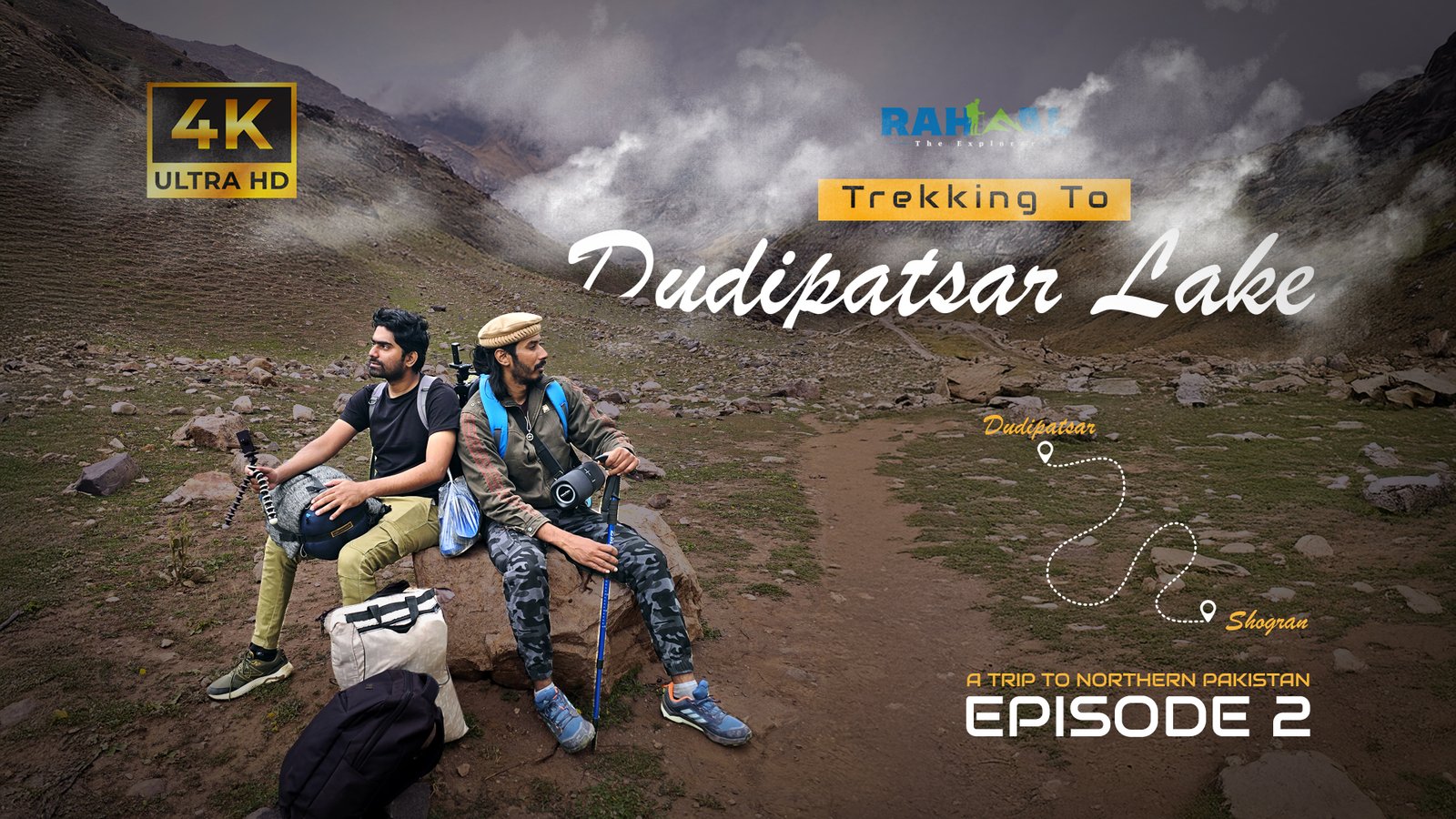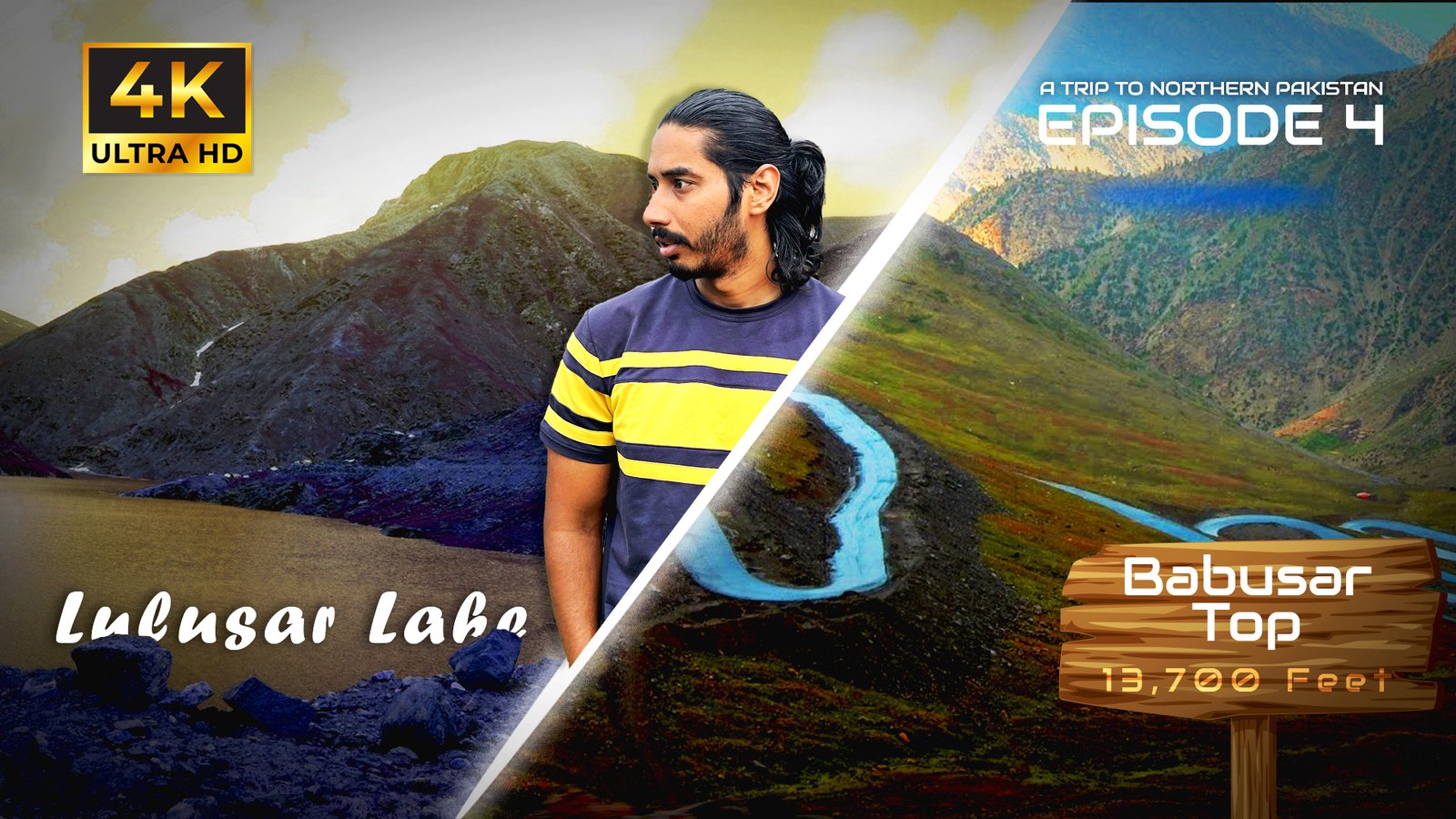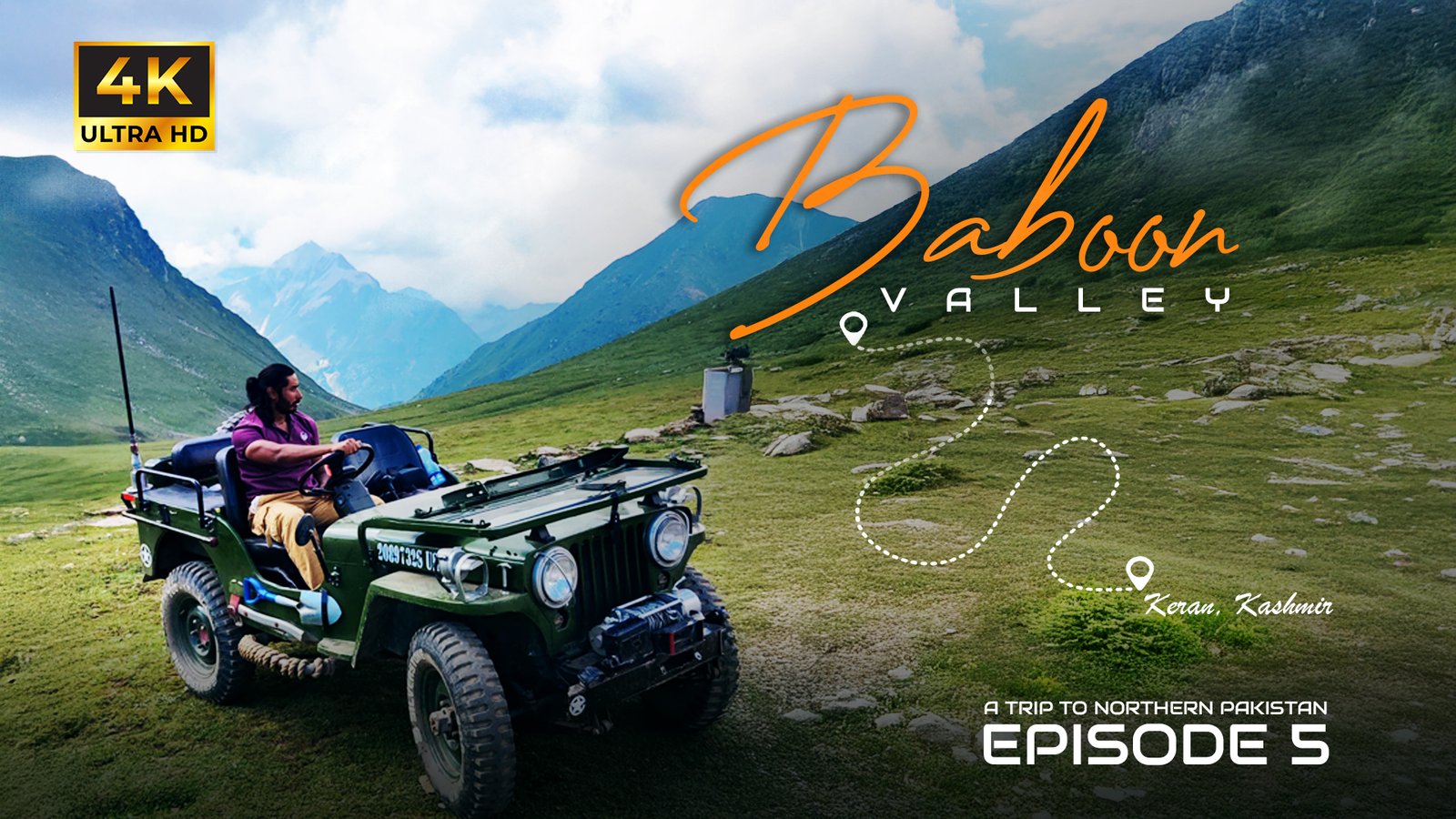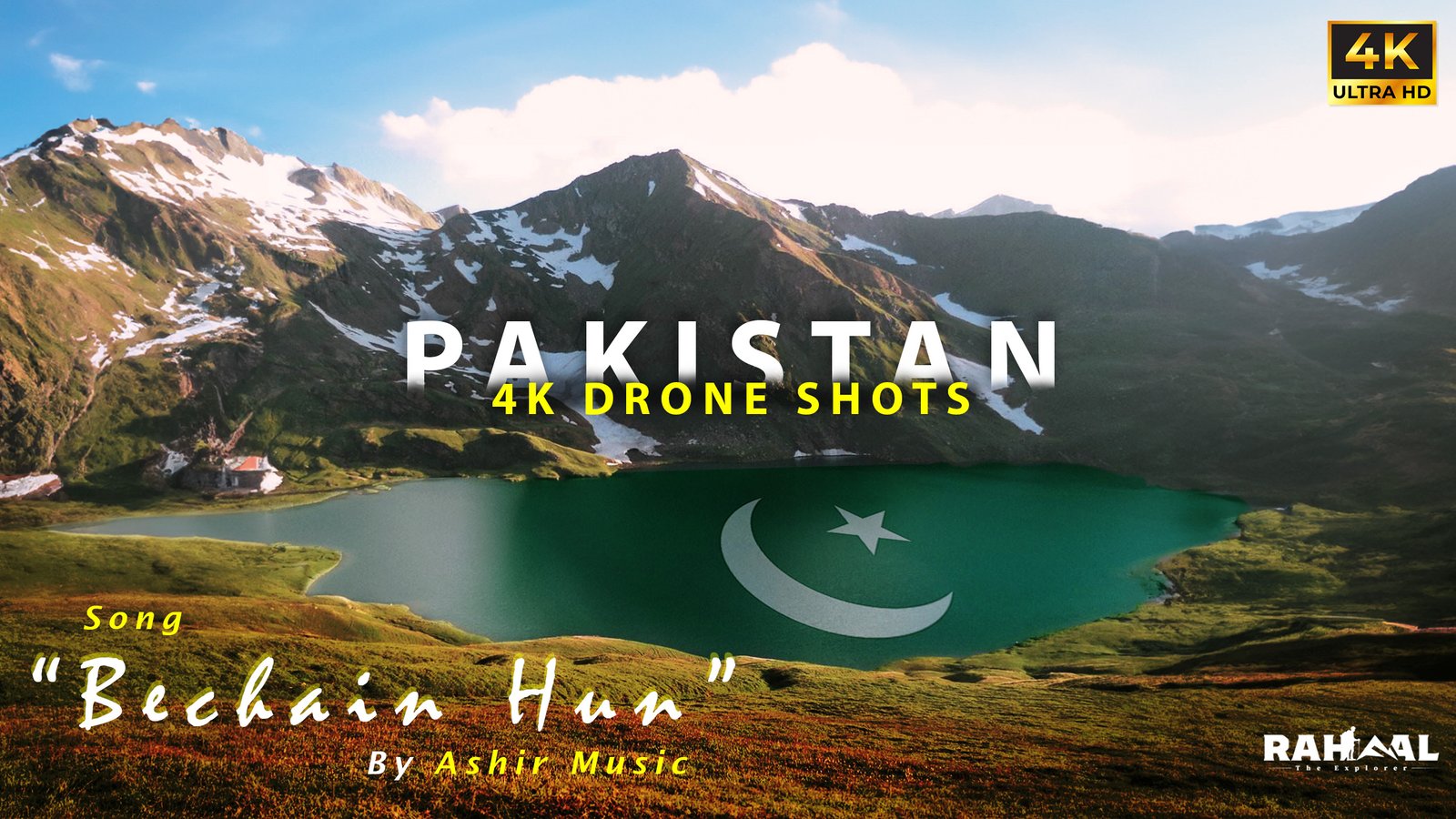Gilgit Baltistan is one of the most breathtaking and adventurous travel regions in the world. Home to the mighty Karakoram and Himalayan mountains, crystal-clear rivers, glacier lakes, and ancient cultures, this region offers an unforgettable experience for every traveler. If you are planning a Gilgit Baltistan backpacking adventure, this detailed guide will help you explore the ultimate beauty of Northern Pakistan on a budget while ensuring a safe and enjoyable trip.
Whether you are a solo backpacker or traveling with friends, this guide covers everything you need: how to plan your trip, budget tips, best routes, must-visit places, safety advice, and experiences you should not miss.
Why Choose Gilgit Baltistan for Backpacking
Backpacking in Gilgit Baltistan is the dream of every nature lover and adventure seeker. Here is why:
- Surrounded by the world’s highest peaks including K2, Nanga Parbat, and Rakaposhi
- Experience remote villages, traditional hospitality, and unique cultural heritage
- Budget-friendly for travelers from all over the world
- Endless hiking and trekking routes suitable for beginners to professionals
- Safe and friendly for solo exploration
- Diverse landscapes ranging from lush valleys to cold deserts and frozen lakes
This region promises a travel experience filled with thrill, peace, and raw natural beauty.
Best Time for a Gilgit Baltistan Backpacking Trip
Weather varies greatly throughout the year. Choosing the right time is important for comfort and safety.
| Season | Temperature | Travel Suitability | Highlights |
|---|---|---|---|
| April to June | Pleasant weather | Excellent | Blossom season, rivers flow beautifully |
| July to September | Warm days, cool nights | High | Peak tourist season, best trekking |
| October to November | Cold but scenic | Moderate | Fall foliage, fewer crowds |
| December to March | Harsh winter | Challenging | Frozen lakes, adventure sports |
For most backpackers, April to September is ideal for trekking, camping, and sightseeing.
How to Reach Gilgit Baltistan
There are two main ways:
1. By Road via Karakoram Highway (KKH)
The Karakoram Highway connects Islamabad to Gilgit Baltistan. It is one of the most scenic highways in the world.
Approximate travel time by road:
- Islamabad to Chilas: 12 to 14 hours
- Islamabad to Gilgit: 18 hours
- Islamabad to Hunza: 20 to 22 hours
Backpackers typically use buses, coasters, or shared transport.
2. By Air to Gilgit or Skardu
Flights depart daily from Islamabad, weather permitting.
Flight duration: 1 hour
Note: Air travel is costlier but saves time.
Transportation Options for Backpackers
To keep your gilgit baltistan backpacking trip budget-friendly, consider:
- Local buses and vans
- Shared jeeps for remote valleys
- Motorbike rentals (available in Gilgit, Skardu, and Hunza)
- Hitchhiking possible but not recommended in remote winters
- Walking for village-to-village scenic routes
Budget Planning for Backpacking in Gilgit Baltistan
Backpacking is all about smart spending while enjoying more experiences.
| Expense Type | Average Cost Per Day |
|---|---|
| Hostel / local guest house | 1500 to 3500 PKR |
| Local food | 500 to 1000 PKR |
| Public transport and rides | 500 to 2000 PKR |
| Permits and entry tickets | 200 to 1000 PKR |
Total Estimated Budget:
- Backpacker style: 2500 to 5000 PKR per day
- Comfortable travel: 6000 to 10000 PKR per day
Cash is important as card machines may not work everywhere.
Backpacking Route Suggestions
Here are the top recommended routes depending on your time:
Option A: 7-Day Backpacking Trip
- Islamabad → Naran → Babusar Top → Chilas → Gilgit
- Hunza → Attabad Lake → Passu Cones → Khunjerab Pass
- Return via KKH
Option B: 10-Day Cultural and Nature Tour
- Gilgit → Hunza → Sost → Skardu → Shigar Valley → Deosai Plains
- Return to Gilgit and back to Islamabad
Option C: 14-Day Trekking Focused Trip
- Fairy Meadows → Nanga Parbat Basecamp Trek
- Hopper Glacier trek (Hunza)
- Skardu → Kachura Lakes → Khaplu Valley → Cold Desert
- Deosai camping experience
These routes combine adventure, comfort, and cultural exploration.
Must-Visit Destinations in Gilgit Baltistan
Backpackers traveling for the first time should not miss the following highlights:
Hunza Valley
The heart of Northern Pakistan. Known for:
- Baltit and Altit Fort
- Karimabad Bazar
- Eagle’s Nest Viewpoint
- Attabad Lake and boating
- Passu Glacier and Cathedral Peaks
Skardu
The gateway to world-famous treks:
- Upper and Lower Kachura Lakes
- Manthoka Waterfall
- Shigar and Khaplu Palaces
- Katpana Cold Desert
- Road to Deosai Plains
Deosai National Park
Land of Giants. Best for:
- Camping above 4000 meters
- Wildlife photography (brown bears)
- Summer wildflowers
Fairy Meadows and Nanga Parbat Viewpoints
Ideal for camping and star-gazing.
Khunjerab Pass
The highest border crossing between Pakistan and China with snow even in summer.
Top Treks for Backpackers
- Fairy Meadows to Nanga Parbat Base Camp
- Rakaposhi Base Camp Trek
- Patundas Trek (Passu)
- Snow Lake Trek (for experienced trekkers)
- Haramosh La Trek
Always take local guides for glacier routes.
Essential Packing List for Gilgit Baltistan Backpacking
Weather changes fast in mountains. Carry lightweight but complete gear.
Clothing Checklist
- Thermals and fleece jackets
- Waterproof windbreaker
- Quick-dry shirts and hiking pants
- Warm socks, gloves, beanie
Travel and Trekking Gear
- Backpack 40-60L with rain cover
- Sleeping bag rated for cold climates
- Hiking shoes with strong grip
- Headlamp, trekking poles, first-aid kit
Electronics
- Power bank and extra batteries
- Lightweight camera or smartphone
- Waterproof phone case
Light packing means more mobility across villages and mountains.
Safety Tips for Backpackers
Backpacking in Gilgit Baltistan is generally safe, but caution helps:
- Check weather forecasts before road or trek travel
- Avoid traveling at night on the Karakoram Highway
- Keep photocopies of identification
- Respect local customs and ask before photographing people
- Hire guides for long or remote treks
- Stay hydrated and watch for altitude sickness
- Mobile signals are weak in remote valleys
Local people are extremely helpful and welcoming to travelers.
Cultural Etiquette for Travelers
Understanding the local culture makes your journey more enriching:
- Dress modestly in villages
- Remove shoes before entering homes
- Accept tea or food offerings politely
- Learn basic phrases in Urdu or local language
Respect earns respect. Gilgit Baltistan’s hospitality is legendary.
Food and Local Cuisine to Try
Backpacking here also means tasting unique dishes:
- Chapshuro (meat-filled bread)
- Diram Fitti (healthy wheat bread)
- Apricot soup and jams
- Yak meat dishes (in high altitudes)
- Trout fish fresh from mountain rivers
Local food is fresh, organic, and budget-friendly.
Photography Tips for Backpackers
Enhance your gilgit baltistan backpacking experience with memorable photos:
- Early mornings and sunset offer the best light
- A polarizing filter helps capture lakes and glaciers
- Carry lightweight lenses if hiking long distances
- Use manual settings for high-contrast landscapes
- Protect camera gear from dust and moisture
Backpacking as a Responsible Traveler
Take care of nature while exploring:
- Avoid single-use plastics
- Take trash back to populated areas
- Do not disturb wildlife
- Support local businesses and guides
Your actions help preserve the beauty for future generations.
Frequently Asked Questions About Gilgit Baltistan Backpacking
Is Gilgit Baltistan safe for solo backpackers
Yes, it is considered one of the safest regions in Pakistan, especially for tourists.
Do I need permits for visiting valleys or treks
Some treks require local permission or a guide. It is best to ask locally.
Can beginners do trekking in GB
Yes, easy routes like Fairy Meadows or Passu offer a great start.
Is it expensive to travel in Gilgit Baltistan
No, backpackers can explore on a budget as low as 2500 to 5000 PKR per day.
Is mobile and internet available everywhere
Signals work well in major cities but are weak in remote valleys.
Final Thoughts
A Gilgit Baltistan backpacking journey is a life-changing travel experience. From high mountain passes to peaceful lakes and vibrant local culture, this region offers full adventure on a very reasonable budget. Whether you are seeking photography spots, trekking challenges, cultural exploration, or simply the peace of nature, Gilgit Baltistan welcomes every explorer with unforgettable moments.
Plan wisely, travel responsibly, and embrace every moment of nature’s wonder in Northern Pakistan. Rahaal The Explorer encourages every traveler to discover the untouched charm of this remarkable destination.


